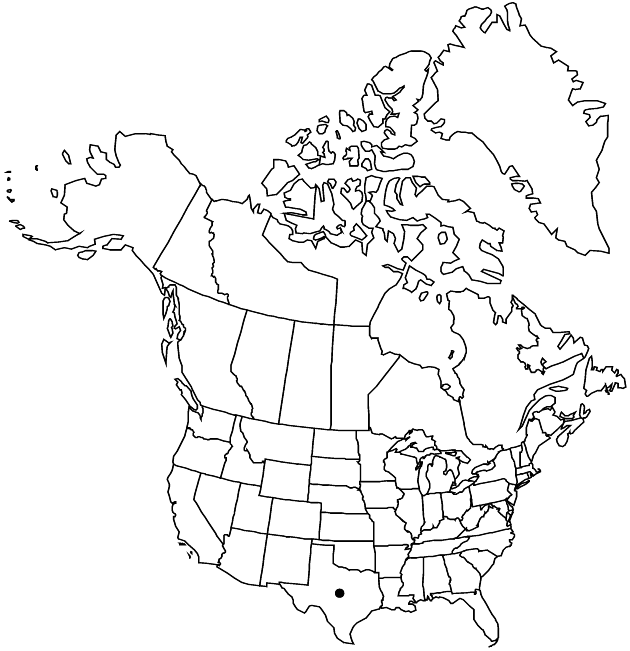Arida mattturneri
Sida 20: 1418, fig. 1, 2. 2003.
Annuals or short-lived perennials, 50–80 cm (bushy); taproots moderately thick, woody. Stems 10–40+, erect to ascending, slender, repeatedly branched, midstems glabrous or sparsely gland-dotted, often stipitate-glandular and sticky-viscid. Leaves basal (rosettes) and cauline; sessile; basal blades obovate, 40–60 × 1.5–3.5 mm, greatly reduced distally, bases broadened, margins 2-pinnatifid, faces stipitate-glandular; distal margins entire or toothed, apices apiculate. Heads 10–13 (terminal) in loose, corymbiform arrays. Involucres campanulate, 5–6 × 6–8 mm (fresh). Phyllaries in 5–6 series, spreading to recurved distally, oblong-lanceolate, 1–6 mm, bases green, margins ± entire, apices green, rounded-acute, faces stipitate-glandular. Ray-florets 9–13+; laminae lavender, 10.5–11.5 mm, drooping in flower, coiling after flowering. Disc-florets 40–100+; corollas yellow, 3.5–4.5 mm. Cypselae obovoid-oblong, 1–1.5 mm, 8–12-nerved per face, faces densely sericeous; pappi: ray 0; disc white, setose, 3–4 mm. 2n = 10.
Phenology: Flowering Apr–Jul.
Habitat: Sulphur streams, tinajas
Elevation: 1400–1500 m
Discussion
Of conservation concern.
Arida mattturneri is recognized by its basal rosettes of 2-pinnatifid leaves, dense glandular pubescence on stems, leaves, and phyllaries, lavender ray florets, and epappose ray cypselae. The type locality is Blumberg Canyon, Presidio County. Turner and Nesom suggested that A. mattturneri may be related to A. turneri, which also has 2-pinnatifid proximal leaves, or to A. parviflora, which is perennial and sometimes also has epappose ray cypselae but smaller heads.
Selected References
None.
